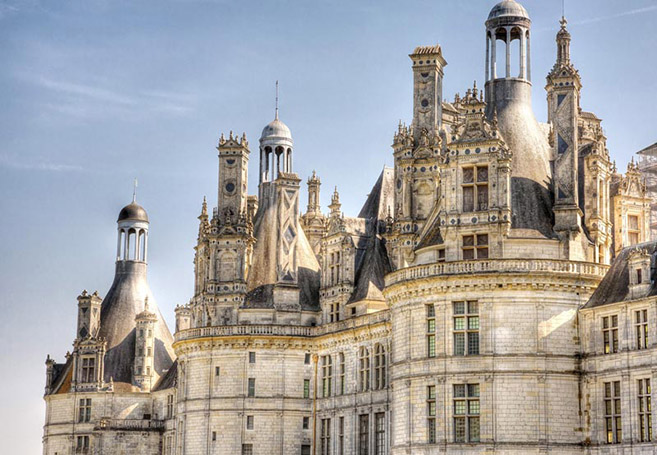When the French captured Milan in December 1515, it brought an end to Leonardo da Vinci‘s three years spent living in a suite of rooms in the Vatican courtesy of his wealthy patron, Giuliano de Medici (brother of the new Pope Leo X). During these three years in Rome, da Vinci was surrounded with his close staff, as well as a few other legends: Bramante was building St. Peter’s, Raphael was painting the final set of rooms of the Pope’s new apartments, and Michelangelo was busy putting the finishing touches on Pope Julius II’s tomb.
But as soon as the the French took Milan, da Vinci (now 65) left Italy forever and moved to France’s Loire Valley where he spent the final three years of his life. He moved there upon the invitation of France’s young King Francis I (22-years-old) to become “First Painter, Architect & Engineer to the King” (yes, that was da Vinci’s actual title). The King worshipped da Vinci’s genius, and allowed the artistic legend to work on whatever projects da Vinci’s heart desired, and he gave Leonardo the keys to his private residence — the Château du Clos Lucé in Amboise, France. Da Vinci came to his new home with his most devoted pupil, Melzi, and his three favorite paintings: Mona Lisa, Sainte Anne, and Saint Jean Baptiste. Da Vinci spent the bulk of his time editing his Treatise on Painting, his Treatise on Anatomy, as well as his many scientific studies. Although da Vinci did little painting in this time, he did spend considerable time working on his Visions of the End of the World series of sketches.
“In [his Visions of the End of the World], Leonardo’s power of imagination — born of reason and fantasy — attained its highest level,” writes Ludwig Heinrich Heydenreich in Encyclopedia Brittanica. “Leonardo suggested that the immaterial forces in the cosmos, invisible in themselves, appear in the material things they set in motion. What he had observed in the swirling of water and eddying of air, in the shape of a mountain boulder and in the growth of plants, now assumed gigantic shape in cloud formations and rainstorms. He depicted the framework of the world as splitting asunder, but even in its destruction there occurs—as the monstrously ‘beautiful’ forms of the unleashed elements show — the self-same laws of order, harmony, and proportion that presided at the world’s creation. These rules govern the life and death of every created thing in nature. Without any precedent, these ‘visions’ are the last and most original expressions of Leonardo’s art—an art in which his perception based on saper vedere seems to have come to fruition.”
Leonardo da Vinci’s home, the Château du Clos Lucé, is connected by a secret tunnel to the royal Château d’Amboise, just 1,600 feet (500m) away. The spectacular Château d’Amboise is just one of 300 châteaux in the Loire Valley region — with the grandest of all being the Château de Chambord. The Château de Chambord lies 32 miles (55km) east of da Vinci’s Château du Clos Lucé residence, and although it’s not within walking distance like the Château d’Amboise, experts believe the Château de Chambord holds one of da Vinci’s masterworks of engineering and design — a double helix “DNA” staircase. USA Today recently paid a visit to the Château de Chambord, and you can see footage of the staircase in their video above, and in the photos below.
Leonardo da Vinci spent the last three years of his life at his Château du Clos Lucé residence, where he died in his bedroom on May 2, 1519 at the age of 67. It is believed King Francis I was holding da Vinci’s head in his hands when he passed away. Da Vinci’s tomb is located inside the Chapel of Saint-Hubert in Château d’Amboise. You can learn more about da Vinci’s home by visiting its website at Vinci-ClosLuce.com. To learn more about the Château d’Amboise (which is connected by secret tunnel to da Vinci’s home) visit Chateau-Amboise.com, and nd for more information on the Château de Chambord visit Chambord.org.
.
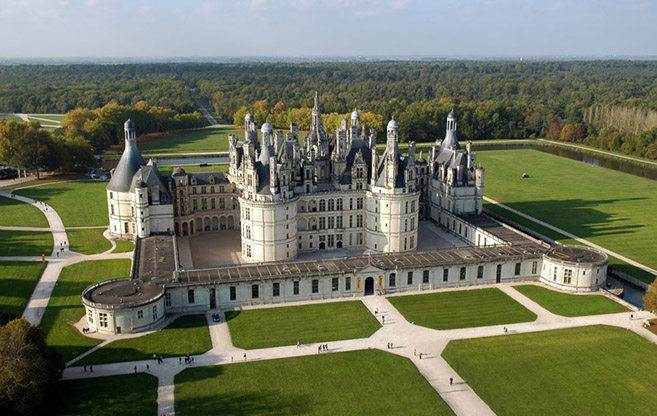
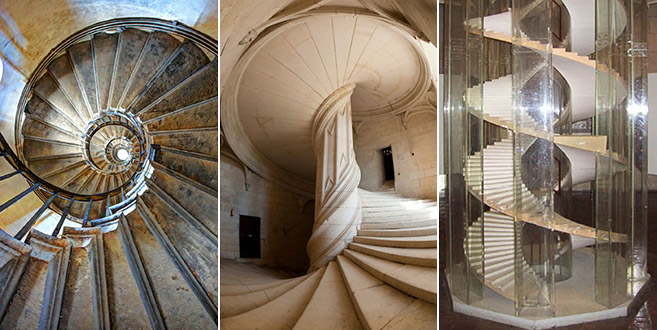
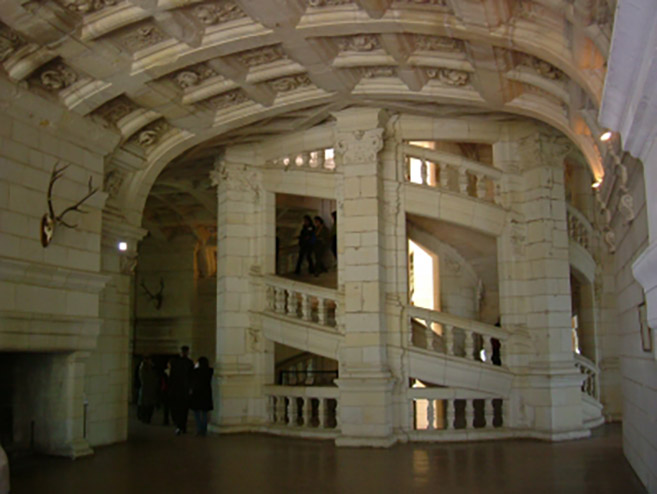
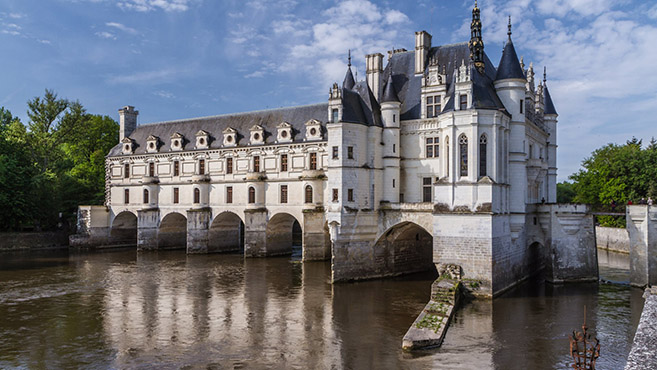
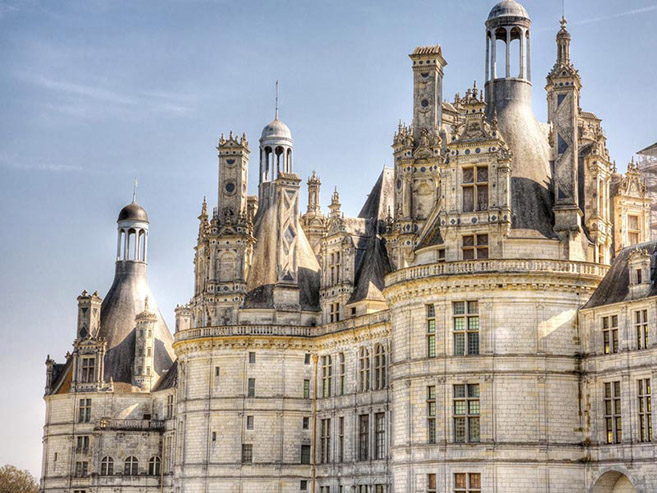
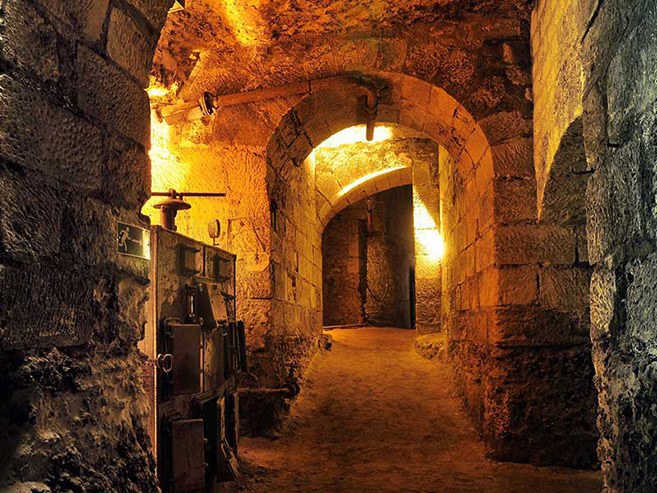
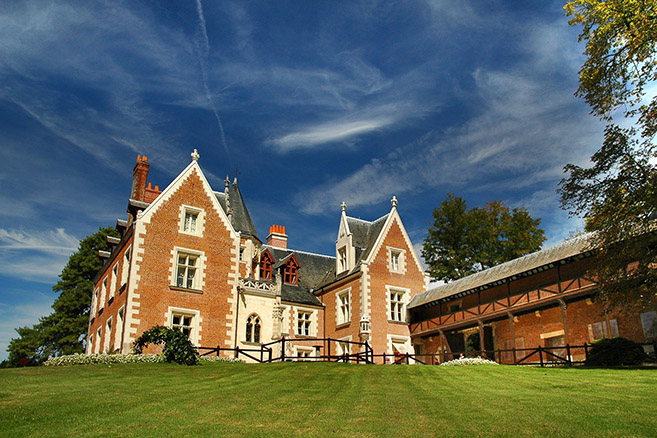
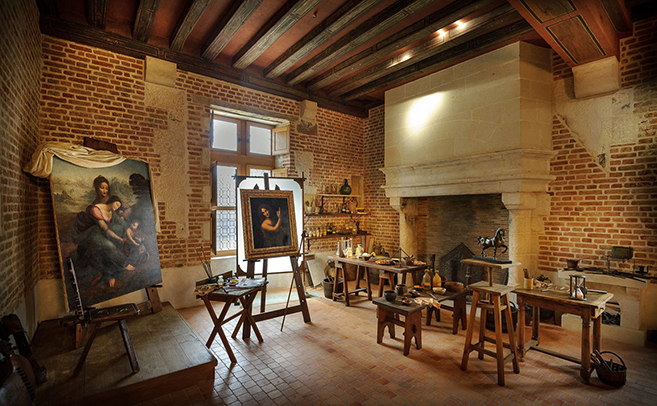
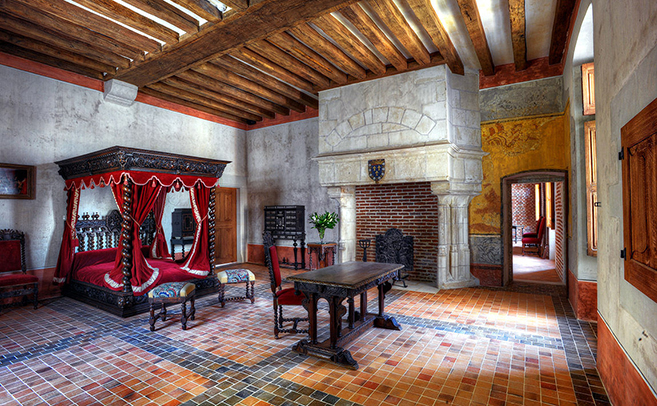
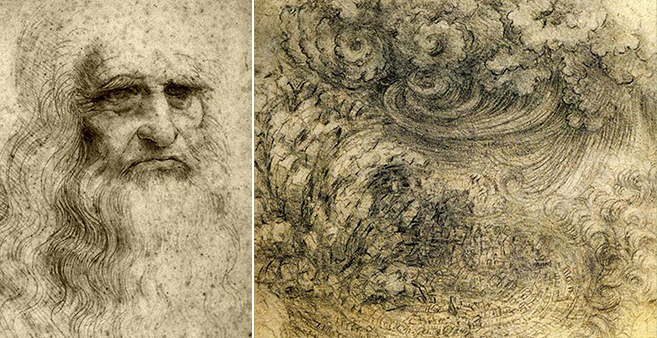
Photos courtesy of: NeverYetMelted.com, source, Reddit, LaBeauJardine.com, ParcDuValdeLoire.com, Vinci-ClosLuce.com.


